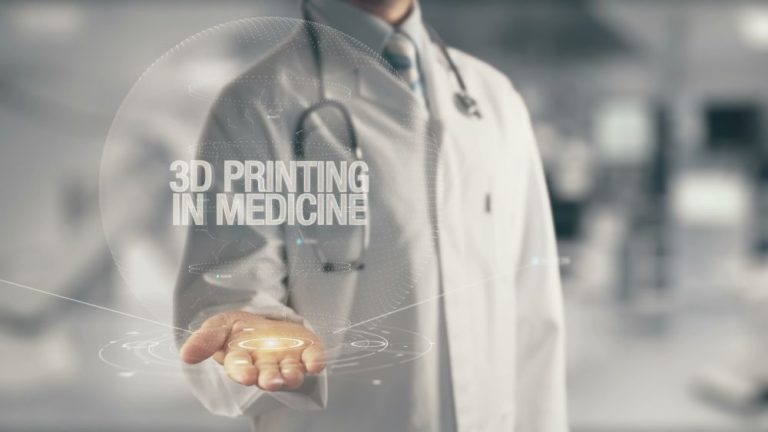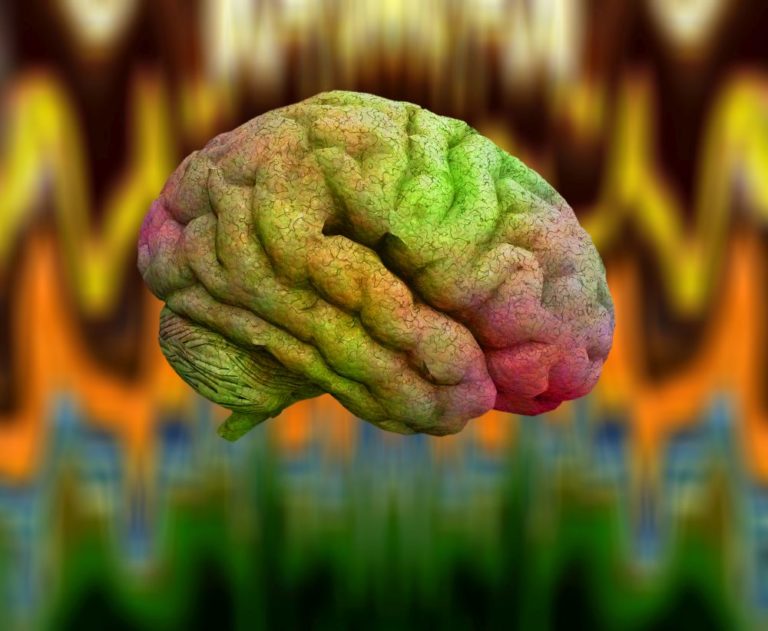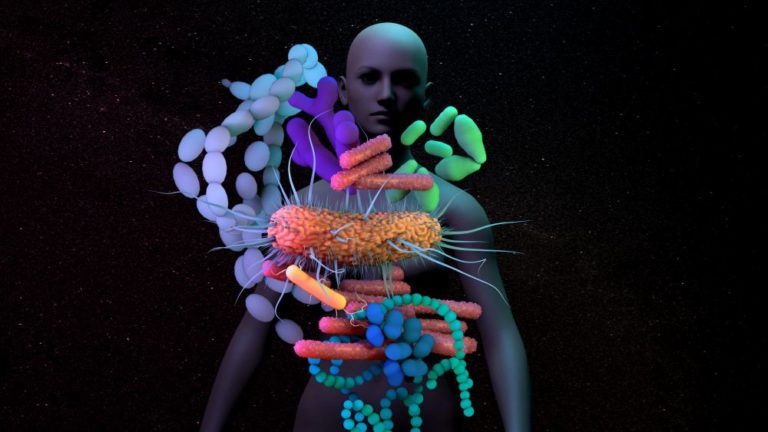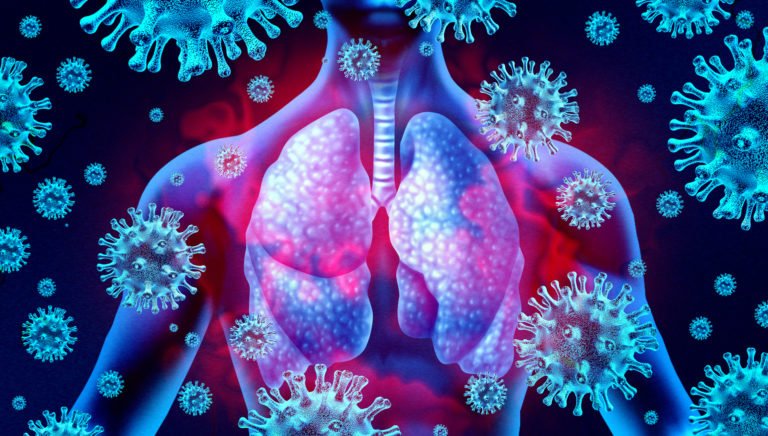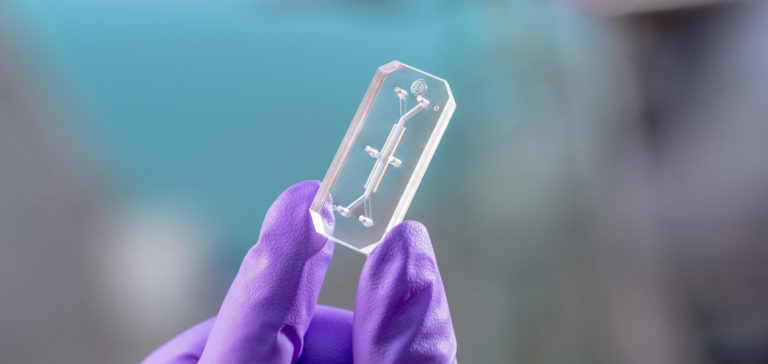Bioprinting Marches Forward With New Technology
https://www.embs.org/pulse/wp-content/uploads/sites/13/2021/08/Mertz-iStock-821145992_small.jpg
1000
563
IEEE Pulse
//www.embs.org/pulse/wp-content/uploads/sites/13/2024/03/ieee-pulse-logo-dsktp2x.png
With the advent of additive manufacturing and a flurry of new-generation, three-dimensional (3D) printers that hit the market in the early 2000s, biomedical innovators began envisioning the technology as a way to replace damaged or diseased tissue and organs with on-demand, printed parts [1]–[3]. The path from vision to reality was not quite as quick or easy as many anticipated, but research groups today are making headway to keep the technology moving toward its goal.
read more



